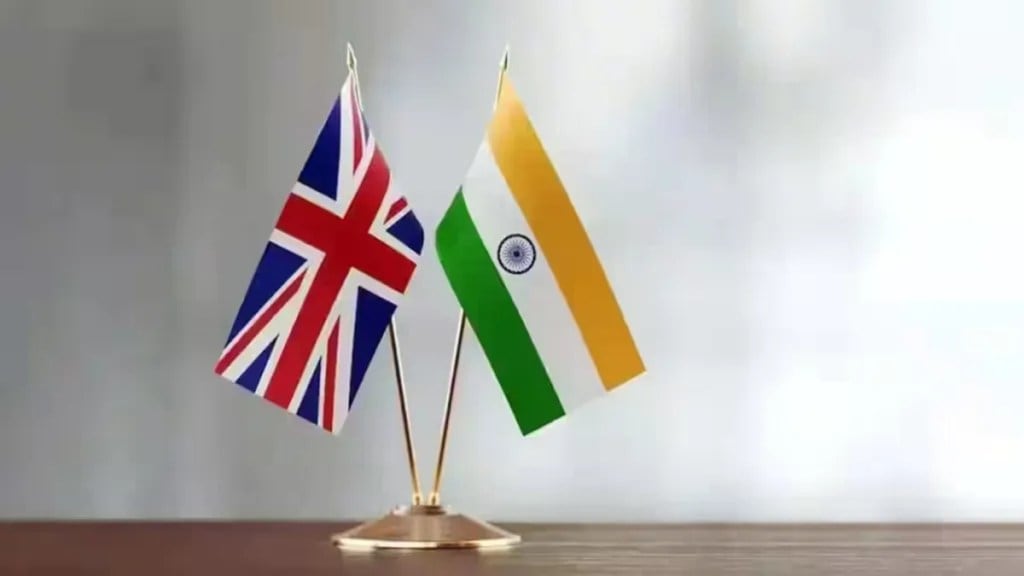India and the UK are likely to sign their Free Trade Agreement (FTA) next week, as the legal teams from both sides have nearly got the formal text of the pact ready.
The conclusion of FTA negotiations between India and the UK was announced on May 6. After the announcement of the deal, legal teams from both sides got down to get the legal text ready for signing.
There is a possibility that Prime Minister Narendra Modi will be in London to witness the signing of the agreement. This confirmation of the Prime Minister’s visit is, however, yet to come.
After the agreement is signed it will be made public. Then it has to be ratified by both countries before it comes into force.
In the UK the ratification is done by the Parliament and this process could take up to a year. For India the ratification of agreements is done by the cabinet. So it could take up to a year more after the signing for the FTA to become operational.
The FTA will remove taxes on the export of labour-intensive products from India such as leather, footwear and clothing, while making imports of whisky and cars from Britain cheaper.
Market Access under the FTA
India will remove or reduce tariffs on 90% tariff lines, which will cover 92% of existing goods imports from the UK. The UK will eliminate tariffs on 99% of Indian goods which covers almost all of India’s exports to the US. India also got more visa commitments in the FTA.
The FTA eases mobility for professionals including contractual service suppliers; business visitors; Investors; intra-corporate transferees; partners and dependent children of intra-corporate transferees with right to work; and even independent professionals like yoga instructors, musicians and chefs.
On automobiles India will reduce duties to 10% from 100% for a limited number of imports from the UK. The liberalisation will start with internal combustion engine (ICE) cars but transitions to electric vehicles (EVs) and hybrids. Similarly, Indian access to the UK market for EVs and hybrids will also be subject to a quota.
India will also cut tariffs on whiskey and gin to 75% from 150% immediately and then to 40% after 10 years. Some agricultural imports from the UK have been liberalised.
Enhancing Bilateral Relations
In services the both sides have agreed to provide national treatment (same treatment as domestic companies) in select services including telecom, construction and environment. In banking and insurance India has agreed to commit to 74% Foreign Direct Investment (FDI) limit for companies from the UK. While this FDI limit already exists for other foreign investors too, the commitment in FTA will protect companies from the UK in case the government decides to reduce FDI limits in future. The FTA also gives UK access to government procurement.
This deal excludes domestic sectors from liberalisation, such as sugar, milled rice, pork, chicken, and eggs.
Through the FTA both sides are aiming to double their trade to $ 120 billion by 2030. The pact will also liberalise services trade and make the movement of professionals easier.
Along with FTA, the social security agreement or Double Contribution Contributions Convention (DCC) has also been agreed to. The DCC will ensure that employees moving between the UK and India, and their employers, will only be liable to pay social security contributions in one country at a time.
It will also ensure that employees temporarily working in the other country for up to 3 years will continue paying social security contributions in their home country, preventing the fragmentation of their social security record.
Both sides are also engaged in finalising the Bilateral Investment Treaty (BIT).
